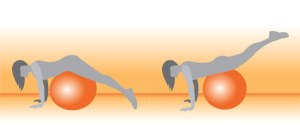The art and science of communication is always on my mind. In my own natal chart, I’ve got Mercury Rising, the planet Mercury representing communication in astrology. Plus, as a writer, coach, and mama, I’m always striving to find better ways to teach and learn.
As I write this, we are smack-dab in the middle of a Mercury Retrograde, and while that arrangement doesn’t usually trip me up too much, this one has proved to be a little challenging. I’ve really had cause to re-examine communication styles.
In a natal chart, the placement of Mercury describes the person’s communication style. Since there are twelve zodiac signs, and therefore twelve possibilities for Mercury, there are twelve different communication styles. No wonder we have trouble understanding each other! It can be tricky to remember that not everyone will hear, speak, and process in the same way. One person might focus more on the emotional aspects while another only sees the facts. I suppose a truly great communicator would be able to speak and hear in twelve different styles.
As a parent, I’ve found a great resource in Thomas Gordon. Dr. Gordon is a psychologist who created several models for group leadership skills and who wrote a terrific guide called “Parent Effectiveness Training.” This book describes great techniques for ensuring that both parent and child feel comfortable talking and that both are heard. (Check the website for more details: http://www.gordontraining.com/.)
As a coach, I find myself constantly learning and adapting. The makeup and goals of a team are always evolving, and a good coach needs to be able to read both the individuals and the group. Personally, I believe that a good coach needs to be (or have been) a competitor also. It’s the old “walk a mile in my shoes” concept. How can I teach you what it feels like to have a rival breathing down your neck at the finish line if I haven’t been there myself?
As a writer, I think there’s no better mindset to have than that of the student. Reading, paying attention, learning, thinking, applying–these are the most important tools in a writer’s toolbox, in my opinion.
What do you think? Have you had any communication challenges in the past few weeks?




